Description
Tomato Cherry Pink Grape
Tomato Cherry Pink Grape . An extremely productive cherry sized variety producing oval pink tinged / Red grape shaped fruits in large trusses. Fruits are very sweet and average 12-16 Gram in weight. Indeterminate.
Cultivation Advice
- Start with high-quality seeds or seedlings from a reliable source.
- Plant in well-draining soil rich in organic matter. Ensure good soil aeration for healthy root development.
- Provide a sunny location for your Pink Grape tomatoes. Full sunlight is ideal for vigorous growth and fruit production
- Maintain consistent soil moisture. Water the plants regularly, especially during dry periods. Avoid letting the soil dry out completely between waterings.
- Use stakes, cages, or trellises to support the tomato plants. This is especially important as they grow and begin to produce fruit.
- Apply a balanced fertilizer with slightly higher phosphorus and potassium levels for flowering and fruiting. Follow recommended application rates throughout the growing season.
- Cherry tomatoes, including Pink Grape, generally don’t require extensive pruning. However, removing some lower foliage can improve air circulation.
- Apply mulch around the base of the plants to conserve soil moisture, suppress weeds, and maintain consistent soil temperatures
- Monitor your plants regularly for pests like aphids, hornworms, or whiteflies. Use organic or chemical controls if necessary, following recommended guidelines
- Harvest Pink Grape tomatoes when they reach full color and are slightly soft to the touch. Regular harvesting encourages continuous fruit production
- Tomatoes are sensitive to extreme temperatures. Protect plants from frost, and avoid planting too early in the spring when the soil is still cold.
- Consider using drip irrigation to water your tomatoes. This helps keep the foliage dry, reducing the risk of foliar diseases.
- If space is limited, Pink Grape tomatoes can be grown in containers. Choose a large container with good drainage and use quality potting mix
- Planting tomatoes alongside companion plants like basil or marigolds can help deter pests and enhance overall garden health.
- If you’re growing tomatoes in the same location year after year, practice crop rotation to minimize the risk of soil-borne diseases
- Maintain a gardening journal to record planting dates, observations, and any issues you encounter. This information can be valuable for future seasons.
- Aim for a slightly acidic to neutral soil pH, ideally between 6.0 and 7.0, for optimal nutrient uptake.
- Establish a consistent watering schedule to avoid fluctuations in soil moisture. Inconsistent watering can lead to issues like blossom end rot.
- As the Pink Grape cherry tomatoes grow, provide proper support with cages or stakes to keep the plants upright and prevent sprawling.
- Use organic mulch such as straw or shredded leaves. Mulch helps retain soil moisture, regulates temperature, and reduces weed competition.
- Encourage natural predators such as ladybugs and spiders to control pests. Neem oil or insecticidal soap can be used for organic pest control if needed
- Pinch off early suckers (small shoots that develop between the main stem and branches) to encourage the plant’s energy to focus on fruit production.
- Ensure adequate spacing between plants to promote good air circulation, which helps prevent the development of fungal diseases.
- Familiarize yourself with the specific characteristics of Pink Grape tomatoes. Knowing their growth habits, typical size, and flavor profile can help you manage them effectively.
- Periodically enrich the soil with well-composted organic matter to maintain soil fertility throughout the growing season.
- Harvest Pink Grape tomatoes with care, using a gentle twist or scissors to avoid damaging the vines. Regular harvesting encourages the plant to produce more fruit
- If available, consider planting disease-resistant varieties to minimize the risk of common tomato diseases.
- Be mindful of temperature fluctuations, especially during the flowering and fruit-setting stages. Extreme heat or cold can affect fruit development.
- If you’re interested in seed saving, allow some fruits to fully ripen on the vine, then collect and save the seeds for future plantings
- Supplement your regular fertilization routine with occasional foliar feeding. This involves applying a diluted fertilizer solution directly to the leaves for quicker nutrient absorption.


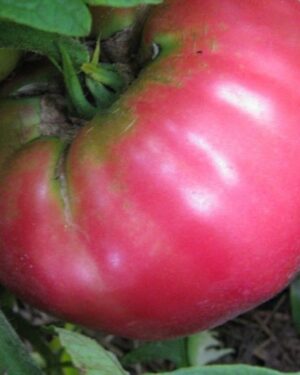
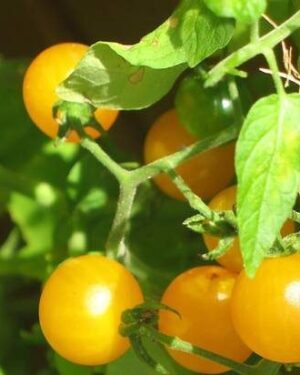
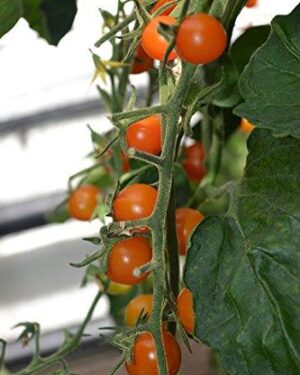
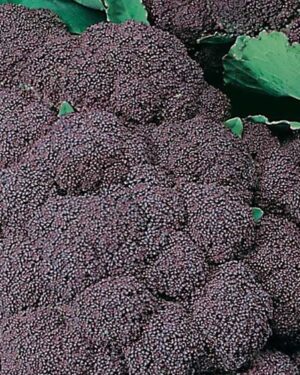
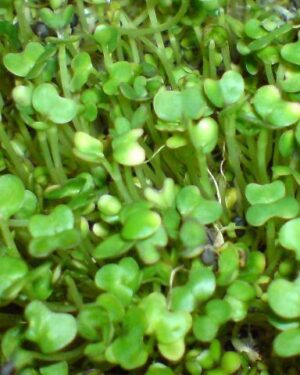
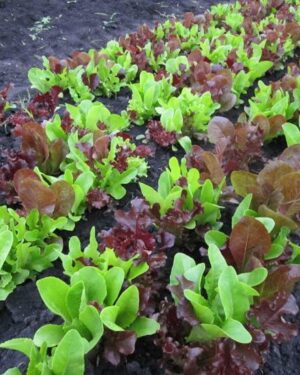
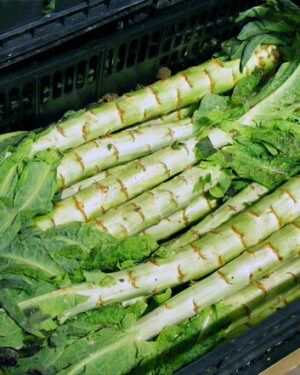
Reviews
There are no reviews yet.